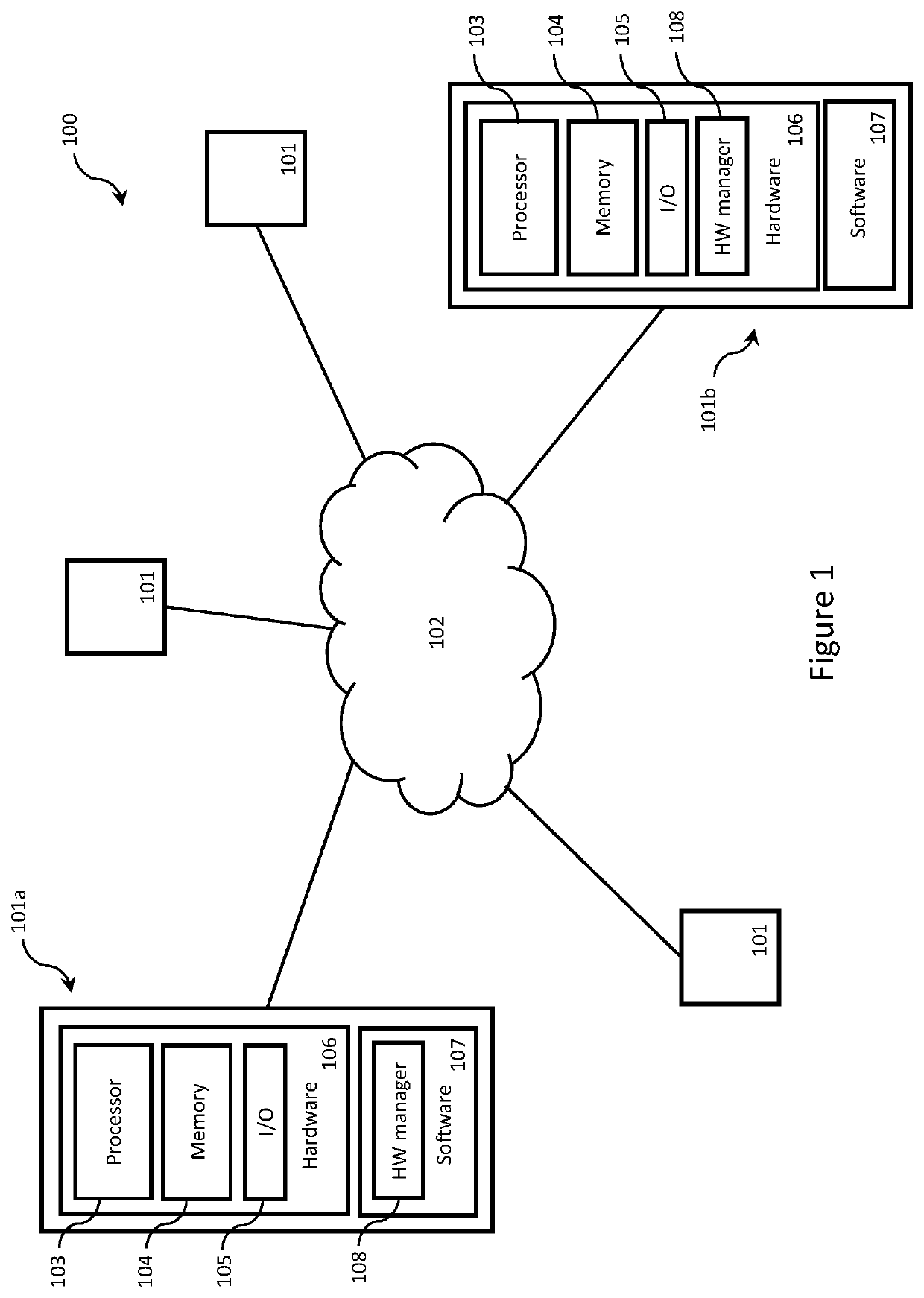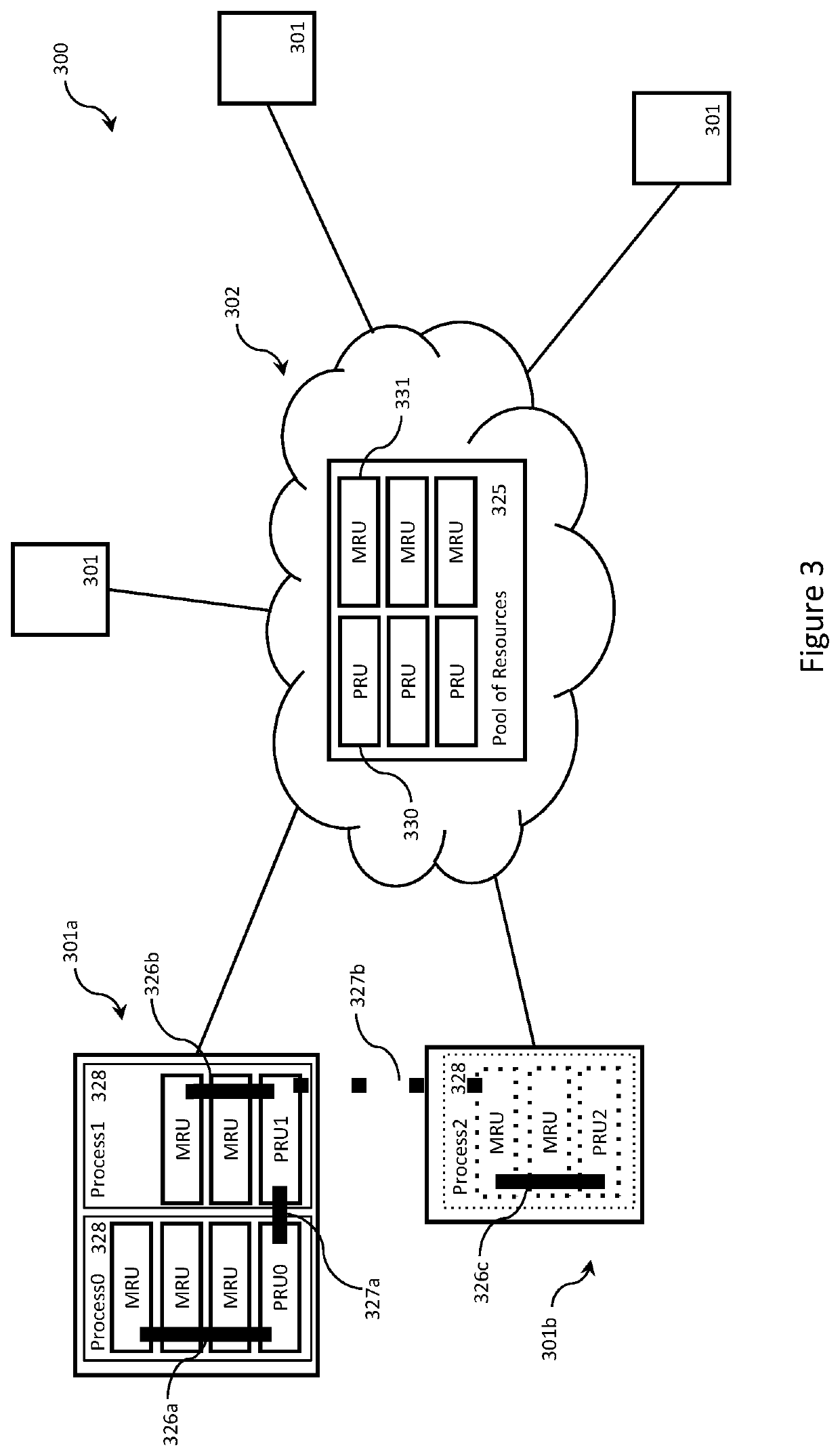However, distributed
computing systems are often significantly more complicated to build and maintain than single-device solutions.
However, as many processes typically run on a given node, the sum total of resources requested by user processes may eventually exceed the resources on that node.
When this happens, programs can find themselves unable to make progress or even
crash.
However, when a process begins to overuse resources, the host kernel starts terminating processes to free up memory.
Docker is thus susceptible to
system crashes.
Any process is subject to termination—including key or
underpinning processes, the termination of which can lead to
system crashes.
Regardless, the termination of an application process is likely to result in the
crash of the particular application to which the process belongs (whether distributed or otherwise) running across one or more Docker instances.
Thus, Kubernetes suffers from the same drawbacks as the containerised application, such as Docker, that underpins it.
In addition, the sharing of memory between the containers of a pod has drawbacks.
For example, a resource-hungry container can lead to other containers in the pod being starved of resources.
Hadoop, Spark and Akka run on top of conventional systems that enable the sharing of memory and the use of memory allocation functions such as malloc( )—and thus suffer from the same problems as those underlying systems.
This is problematic because memory may not always be available to a process when it expects it to be—leading to process termination.
Furthermore, applications scale poorly because TidalScale uses a distributed shared-
memory model in which programs scale via a multi-threading approach that uses locks.
Lock contention escalates over time and with scale resulting in dramatic performance bottlenecks and reliability issues that are difficult to debug.
In contrast, in an environment where processes can exceed (or grow) their existing
resource allocation, the allocated resources cannot be guaranteed.
In other words, a process may not be able to change the amount of memory that has been allocated to it, even if it requests more memory (it can, however, spawn new processes, as discussed in more detail below).
Programs may not, however, grow by increasing the size of the resources allocated to its existing processes.
As a result, a process does not control the amount of computing resources allocated to that process, but instead controls the amount of computing resources allocated to its child processes.
However, in an example, program 451a may be temporarily idle and / or may have dynamically shrunk.
In this example, program 451a may
crash because it is unable to access the memory it requires.
In contrast, in the example shown in FIG. 3, a process having been allocated an insufficient amount of resources may fail (for example, because the program input to the
system was badly written by the user).
However, because the process cannot simply allocate itself an indefinite amount of additional resource, it cannot cause the local or host kernel to begin randomly terminating other programs—which would typically lead to system crashes.
Processes do not grow by increasing the size of their existing allocated resources.
Processes performing such long-running services typically do not need to communicate an explicit success / failure status to the original
parent process, and may indeed outlive the
parent process.
Thus, there is a reluctance in conventional systems to enforce memory limits or prevent the sharing of memory.
As such, each individual node or process cannot be considered to be Turing complete because of the bounded nature of its resources.
Docker is susceptible to system crashes.
Any process is subject to termination—including key or
underpinning processes, the termination of which can lead to system crashes.
Regardless, the termination of an application process is likely to result in the crash of the particular application to which the process belong (whether distributed or otherwise) running across one or more docker instances.
Thus, Kubernetes suffers from the same drawbacks as the containerized application, such as Docker, that underpins it.
In addition, the sharing of memory between the containers of a pod has drawbacks.
For example, a resource-hungry container can lead to other containers in the pod being starved of resources.
Hadoop, Spark and Akka run on top of conventional systems that enable the sharing of memory and the use of memory allocation functions such as malloc( )—and thus suffer from the same problems as those underlying systems.
This is problematic because memory may not always be available to a process when it expects it to be—leading to process termination.
Furthermore, applications scale poorly because this is a distributed shared-
memory model where programs scale via multi-threading which uses locks.
Lock contention escalates over time and with scale resulting in dramatic performance bottlenecks, reliability issues and are difficult to debug.
 Login to View More
Login to View More  Login to View More
Login to View More 


